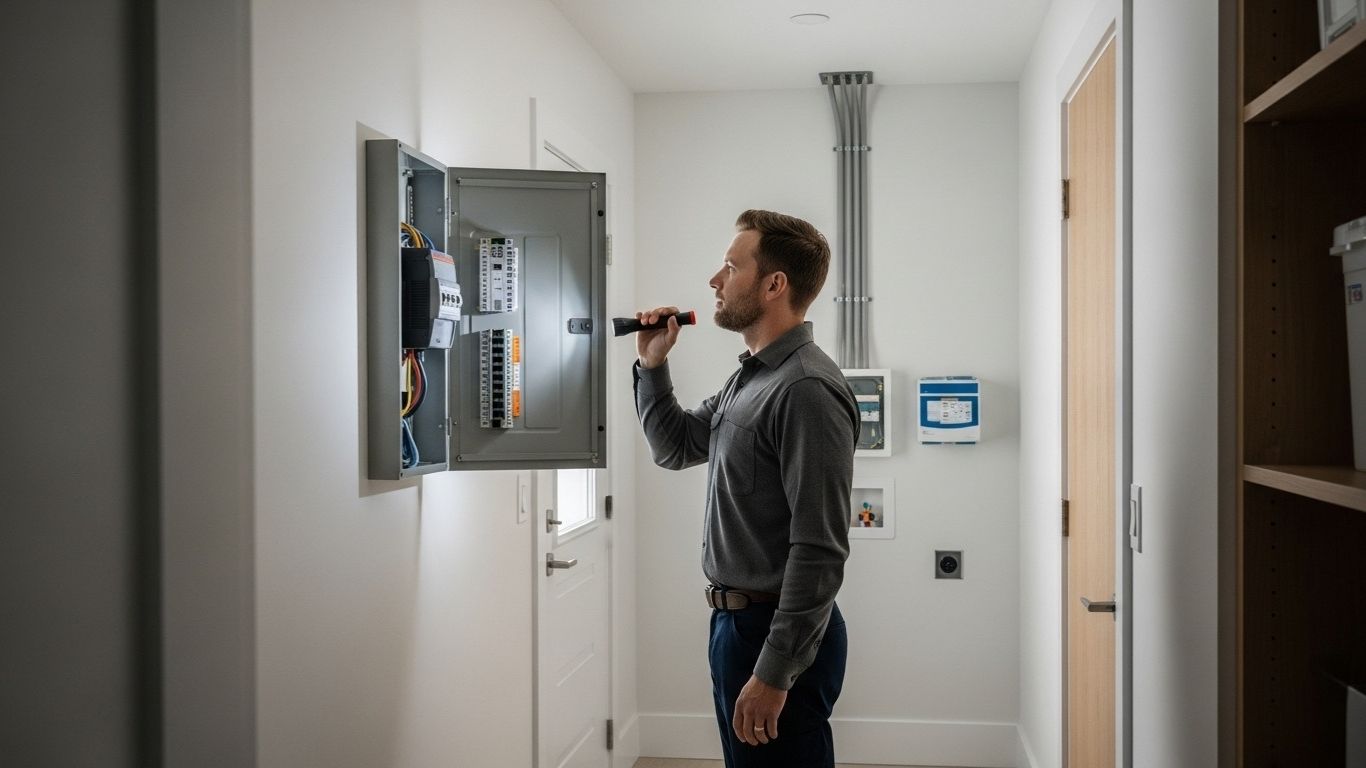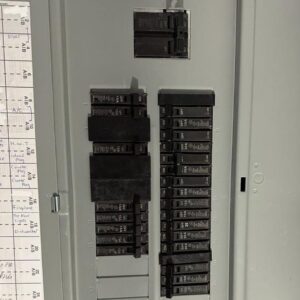
Owning an older home has its charm, character details, craftsmanship, and unique style, but it often comes with hidden electrical challenges. As licensed electricians, we frequently inspect homes built decades ago and find that many still rely on outdated wiring, insufficient power capacity, or components that no longer meet today’s safety standards. Understanding these issues can help you keep your home safe, efficient, and up to code.
1. Outdated Wiring (Knob-and-Tube or Aluminum)
Many homes built before the 1970s used knob-and-tube or aluminum wiring, which can pose serious safety concerns today. Knob-and-tube lacks grounding and insulation protection, while aluminum wiring can loosen over time, increasing the risk of overheating and fire.
How to Fix It
The best solution is to have an electrician perform a professional aluminum wiring inspection. We assess the condition of your existing wiring, check connections, and determine if upgrades or rewiring are necessary. If a full replacement isn’t feasible, we can install approved connectors and safety devices that significantly reduce risks and bring your home closer to modern standards.
2. Insufficient Electrical Panel Capacity
Older homes were never designed to handle today’s electrical demands—air conditioning units, EV chargers, computers, and smart appliances can easily overload outdated 60-amp or 100-amp panels.
How to Fix It
Upgrading to a 200-amp electrical panel ensures your home can handle modern loads safely. This also allows room for future upgrades like heat pumps or electric vehicle chargers. Our electrical panel upgrade service includes a full load assessment, permit handling, and installation in compliance with the Canadian Electrical Code and Technical Safety BC regulations.
3. Frequent Breaker Trips or Blown Fuses
If your breakers trip often—or you still have an old fuse box—it’s a clear sign your system is overloaded or there’s a wiring fault.
How to Fix It
Our electrical repair service covers troubleshooting, breaker replacement, and circuit reconfiguration to eliminate frequent tripping and restore system reliability. In some cases, upgrading the panel or rewiring circuits may be needed to prevent further shutdowns.
4. Ungrounded or Two-Prong Outlets
Homes built before grounding was required often have two-prong outlets, which cannot safely support modern appliances or protect against electrical faults.
How to Fix It
Replacing these with three-prong grounded outlets or installing GFCI outlets in kitchens, bathrooms, and outdoor spaces greatly improves safety and code compliance. During this process, we ensure proper grounding and bonding to meet BC and Canadian safety standards.
5. Flickering or Dimming Lights
While flickering lights may seem minor, they can indicate loose wiring, overloaded circuits, or deteriorating connections in your home’s electrical system.
How to Fix It
A qualified electrician can trace and tighten loose connections, rebalance circuits, or replace aging fixtures and switches. If you notice flickering lights alongside burning smells or heat, this could indicate an electrical emergency.
6. Lack of GFCI and AFCI Protection
Ground Fault Circuit Interrupters (GFCIs) and Arc Fault Circuit Interrupters (AFCIs) are now required by modern codes to protect against shock and electrical fires. Many older homes lack these essential safety devices.
How to Fix It
Installing GFCI and AFCI breakers or outlets provides critical protection, especially in moisture-prone areas like kitchens, bathrooms, and outdoor circuits.
7. Overuse of Extension Cords and Power Strips
If you rely heavily on extension cords, it’s likely your home doesn’t have enough outlets or circuits for your needs.
How to Fix It
An electrician can add outlets and circuits where needed, improving safety and convenience while reducing fire risks from overloaded cords.
When Electrical Problems Become Emergencies
Electrical problems in older homes can quickly escalate into hazardous situations. If you experience burning smells, smoke, sparks, or repeated power loss, it’s time to call for residential emergency electrical repairs. Our team is available 24/7 to restore safety and functionality while preventing further damage.
Keeping Your Older Home Safe
Electrical systems deteriorate over time, and ignoring small warning signs can lead to major safety issues. Regular inspections and professional upgrades can prevent hazards, improve energy efficiency, and extend the life of your home’s wiring.
Work with the Experts
At Intense Voltage Electrical, we’ve helped countless homeowners modernize their electrical systems while preserving the character of their homes. Whether it’s a full rewiring project, a panel upgrade, an aluminum wiring inspection, or emergency repairs, our licensed electricians ensure every job meets BC and Canadian safety standards.
Contact us today to schedule an inspection or discuss upgrades that will make your older home safer, more reliable, and ready for the future.
FAQ: Common Electrical Issues in Older Homes and How to Fix Them
Outdated wiring like knob-and-tube or aluminum lacks modern safety features, can loosen over time, and increases the risk of overheating or electrical fire.
Older panels often can’t handle modern electrical loads from devices like EV chargers or heat pumps, leading to overloads and potential hazards.
These issues usually point to an overloaded system or a wiring fault.
Burning smells, smoke, sparks, or repeated power loss are signs of serious electrical issues that require immediate professional attention.
An electrician can inspect the wiring, check all connections, and recommend rewiring or the use of approved connectors and safety devices to reduce risk and improve safety.
Upgrading to a 200-amp panel with proper load assessment ensures safe power distribution and future upgrade capacity, in compliance with code and safety regulations.
An electrician can troubleshoot, replace breakers, reconfigure circuits, or upgrade the panel to restore system reliability and stop the shutdowns.




